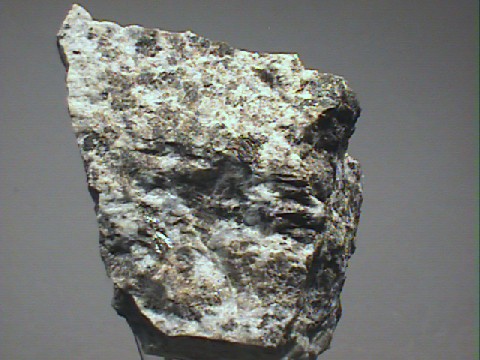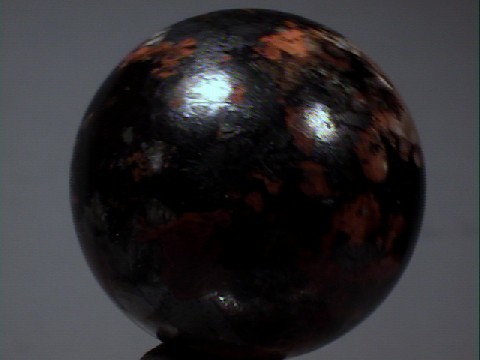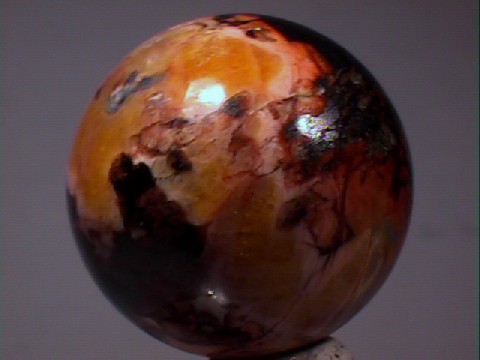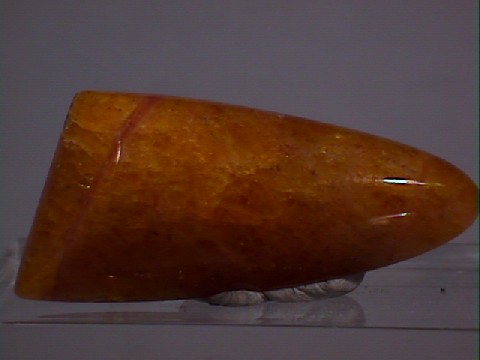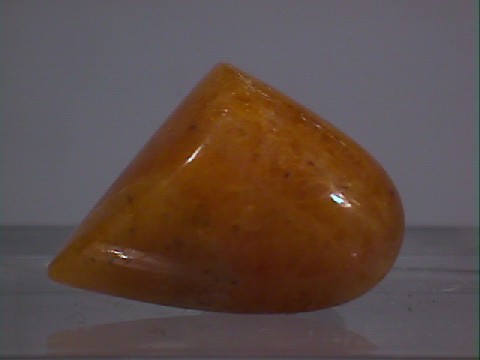 THE MINERAL CANCRINITE
THE MINERAL CANCRINITE
- Chemistry: Na6Ca2Al6Si6O24(CO3)2 , Sodium Calcium Aluminum Silicate Carbonate.
- Class: Silicates
- Subclass: Tectosilicates
- Group: Feldspathoid.
- Uses: Only as mineral specimens.
Specimens
Cancrinite is unusual in that it is one of the few silicate minerals to have a carbonate ion (CO3 -2) present in its structure. It is because of the carbonate ion that it will effervescence in warm hydrochloric acid. The acid reacts with the carbonate ion to liberate carbon dioxide (CO2) gas which forms the bubbles. The effervescence is diagnostic as almost no other silicates will do this, although it is common in the carbonates.
Although feldspathoids are known to both extrusive and intrusive igneous rocks, cancrinite is found almost exclusively in intrusive or plutonic rocks. This may be due to the tremendous pressures required to force the large carbonate ions into the structure of cancrinite. Cancrinite will also contain some percentages of sulfate ions (SO4 -2) and chlorine ions (Cl -1); two other large ions. Feldspathoids are similar to zeolites in that their wide open structures allow large ions to be incorporated into them.
PHYSICAL CHARACTERISTICS:
- Color is yellow, orange, pink, white or blue.
- Luster is vitreous or pearly.
- Transparency: Crystals are translucent to more rarely transparent.
- Crystal System: Hexagonal; 6
- Crystal Habits: Usually massive or granular. Some prismatic to columnar crystals are found.
- Cleavage is perfect, in three directions, prismatic, but rarely seen in massive specimens.
- Fracture is conchoidal to uneven.
- Hardness is 5 - 6
- Specific Gravity is 2.4 - 2.5 (average)
- Streak is white.
- Other Characteristics: Will effervescence in warm hydrochloric acid.
- Associated Minerals include feldspars such as albite, biotite, hornblende, nepheline, sodalite and other feldspathoids.
- Notable Occurrences include Kola Peninsula, Russia; Iron Hill, Colorado USA; India; Finland and the Fen region of Norway.
- Best Field Indicators reaction to acids, associations, locality and hardness.

